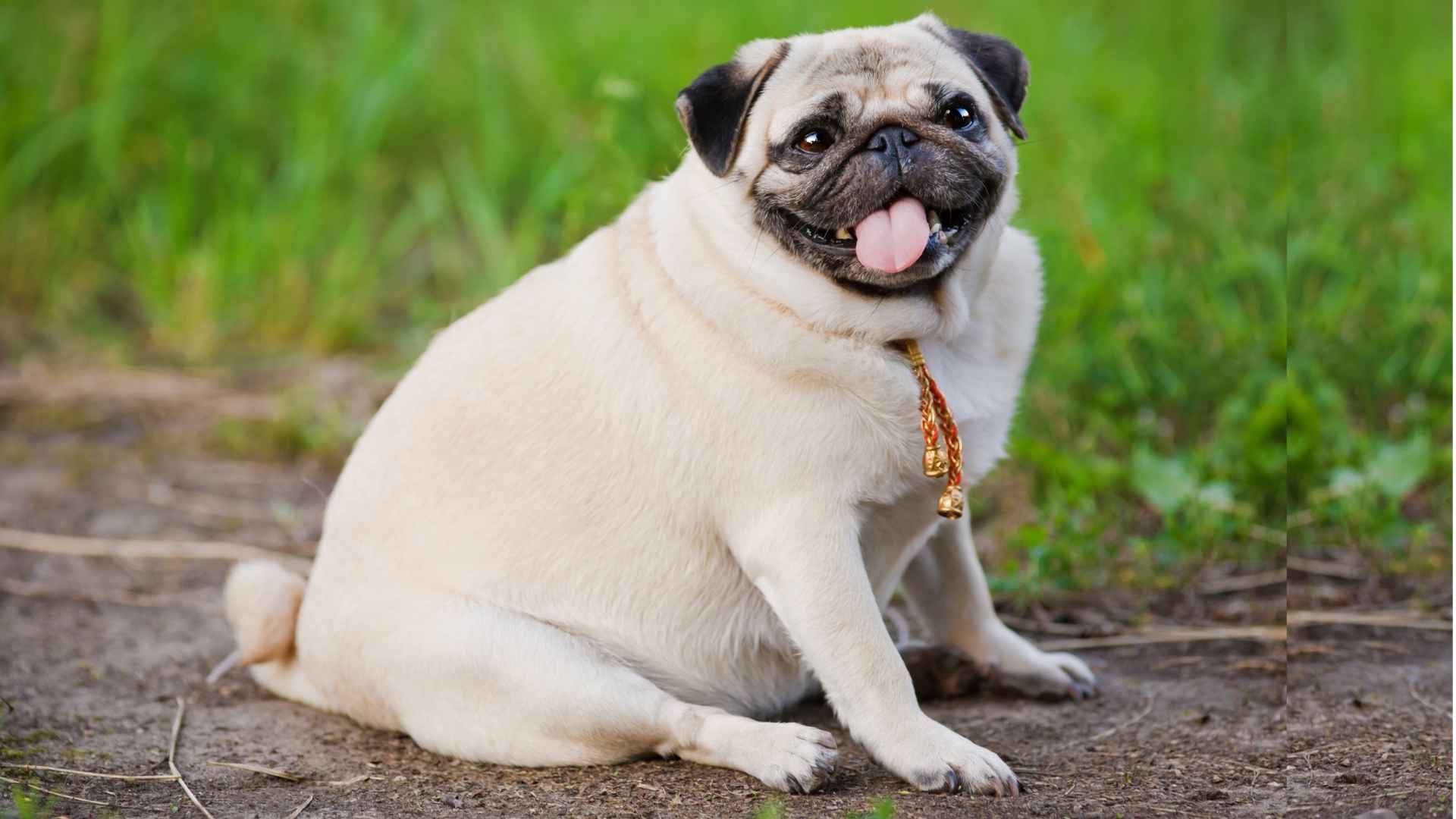Some dogs are just built a little differntly. Round bellies, soft middles and pure love for excessive treats. It might seem cute at first, obesity in dogs is a real issue that affects a dog’s overall healthand happiness. Just like humans, some dog breeds are naturally more prone to weight gain than others.
It’s not that you have to cancel their joy, but you have to give them a long life that is full of health. You also want them to have an ideal body weight so they do not get into trouble.
Dog Breeds That Are Prone to Obesity
The best dog breed for you is the one that fits your style and has a healthy weight. Whether you are an apartment dweller or have a big space, obesity isn’t a small thing. The right balance of physical activity and training, along with regular check-ups, can help you see your dog doing their best in their life.
In this article, you’ll get to know about the food-motivated breeds that gain weight easily.
1. Pug
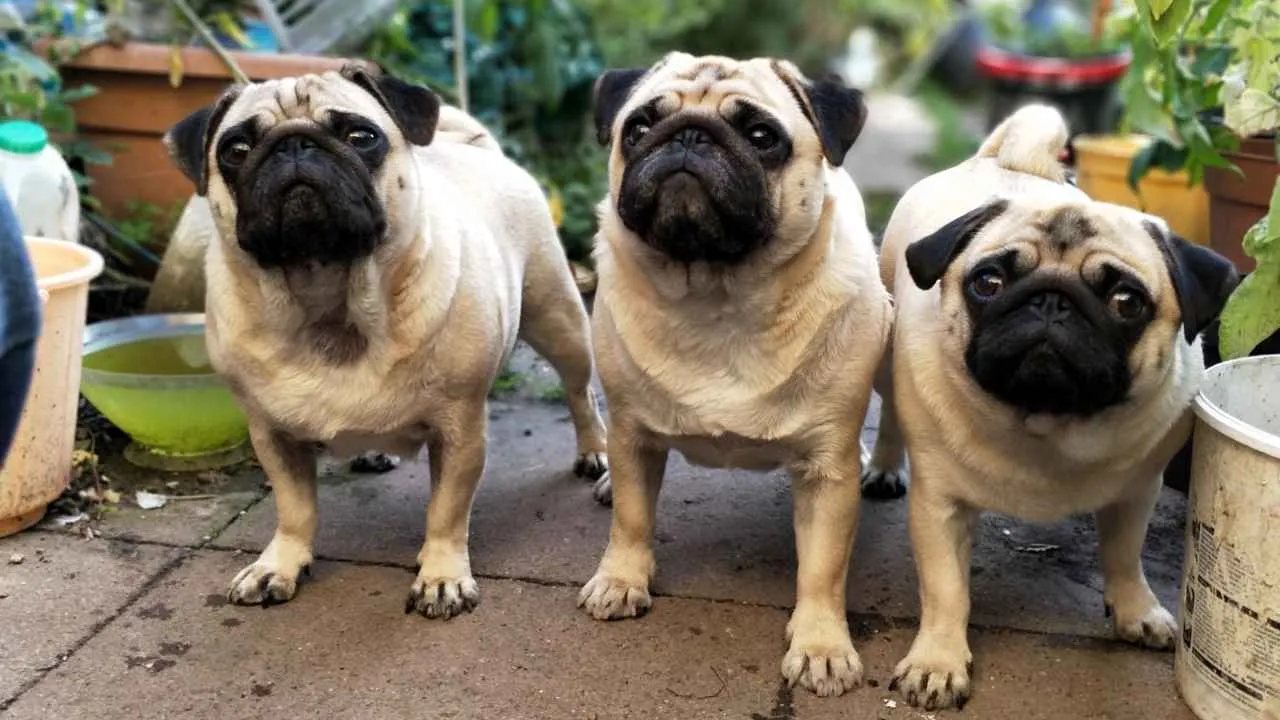
With their squishy faces and snorts, Pugs have won hearts across the globe. Behind those charming wrinkles is a dog breed that gains weight. Their compact and stocky build and the natural low activity levels can easily make them obese dogs.
Pugs are indoor-loving partners that thrive in the apartment. Their love for lounging combines with big appetite leads to health issues. There’s also a high risk of breathing problems that may build gradually.
If you take them on daily walks and exercises, they can stay healthy and won’t gain extra weight. You can always limit their consumption by creating portion-based meals. This will help to avoid overeating.
2. Labrador Retriever
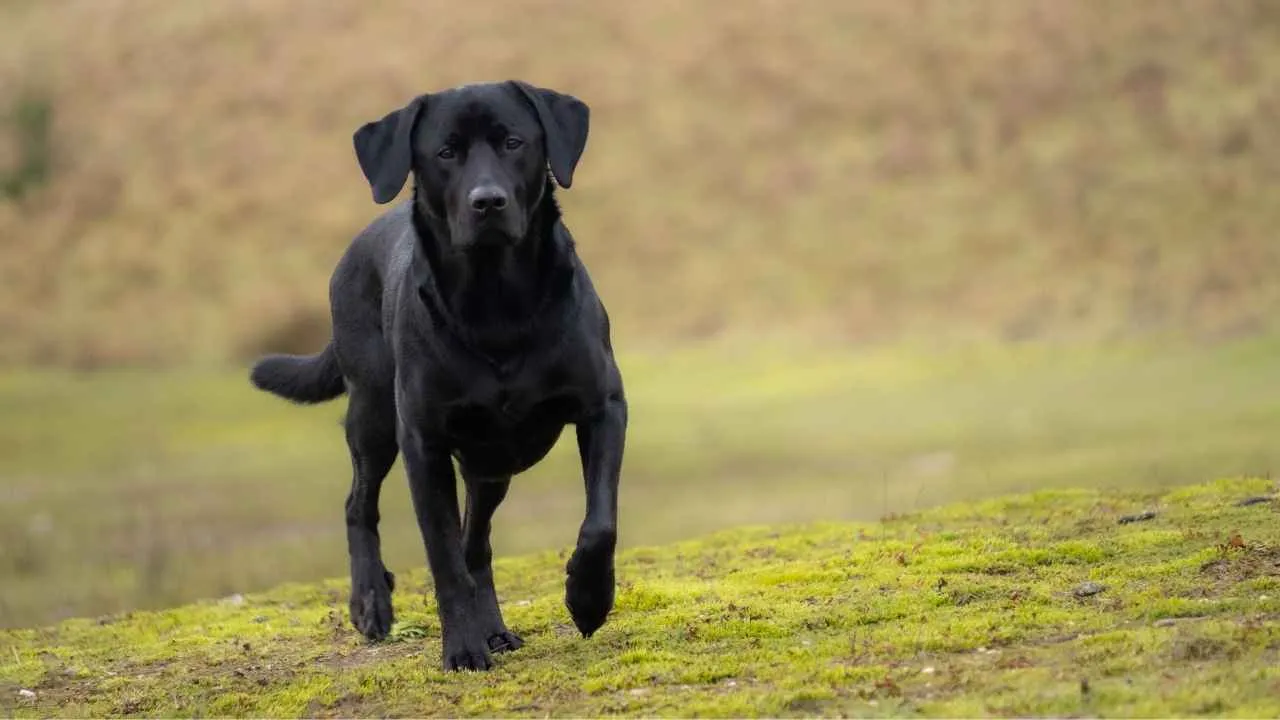
It’s no surprise that the Labrador Retriever is consistently among the most popular dog breeds. As per Britannica, they’re affectionate, loyal, and endlessly friendly. But along with their big hearts comes a big appetite.
Labs are one of the overweight dogs that gain weight not just because they love food, some genetic factors may actually cause them to feel less satisfied after eating.
This breed grows on regular exercise, from long walks and swimming to playtime at the dog park. While they’re great family dogs, Labs need consistent movement and mental stimulation for weight loss and to keep both their minds and bodies fit.
Don’t skip their exercise or they can easily gain weight, which may lead to heart diseases and more major issues. Daily exercise and walks can help them stay active and maintain ideal weight.
3. Basset Hound
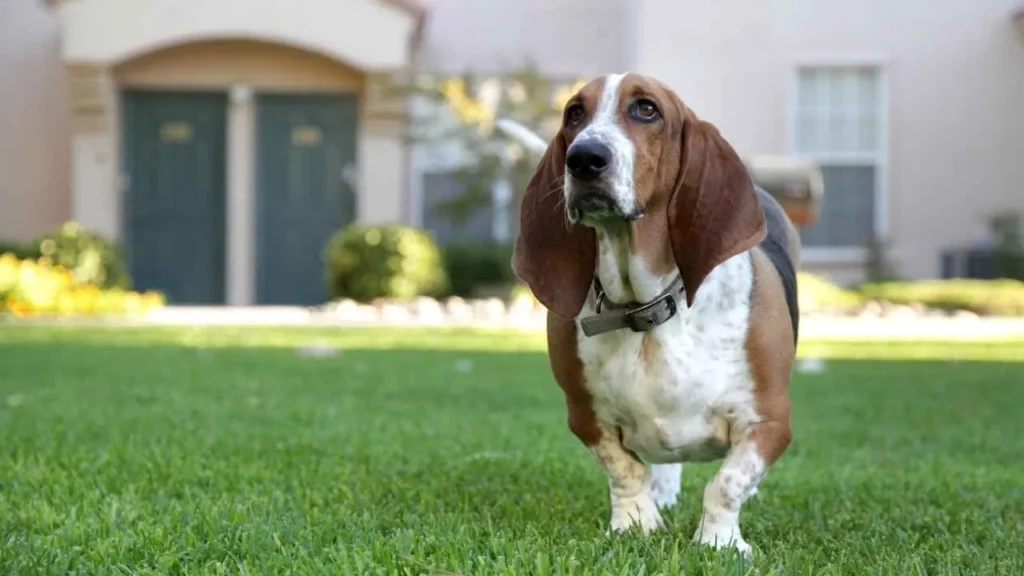
If ever there was a couch potato disguised as a dog, the Basset Hound might be it. With their soulful eyes, long ears, and low-slung bodies, these dogs were bred for scent tracking. They are undeniably charming, their laid-back nature can easily turn into lethargy if you do not manage
Their short legs and heavy bone structure make even slight weight gain a burden on their joints and spine. And though they may look comical waddling around the house, weight gain can cause serious issues. That’s why moderate exercise, like walking and activities, is important.
Feed them measured portions and limit high-fat treats so they do not consume too much food at once. Pair that with a comfy bed, mental exercise, and you’ll have a happy hound that stays fit for years.
4. Dachshund
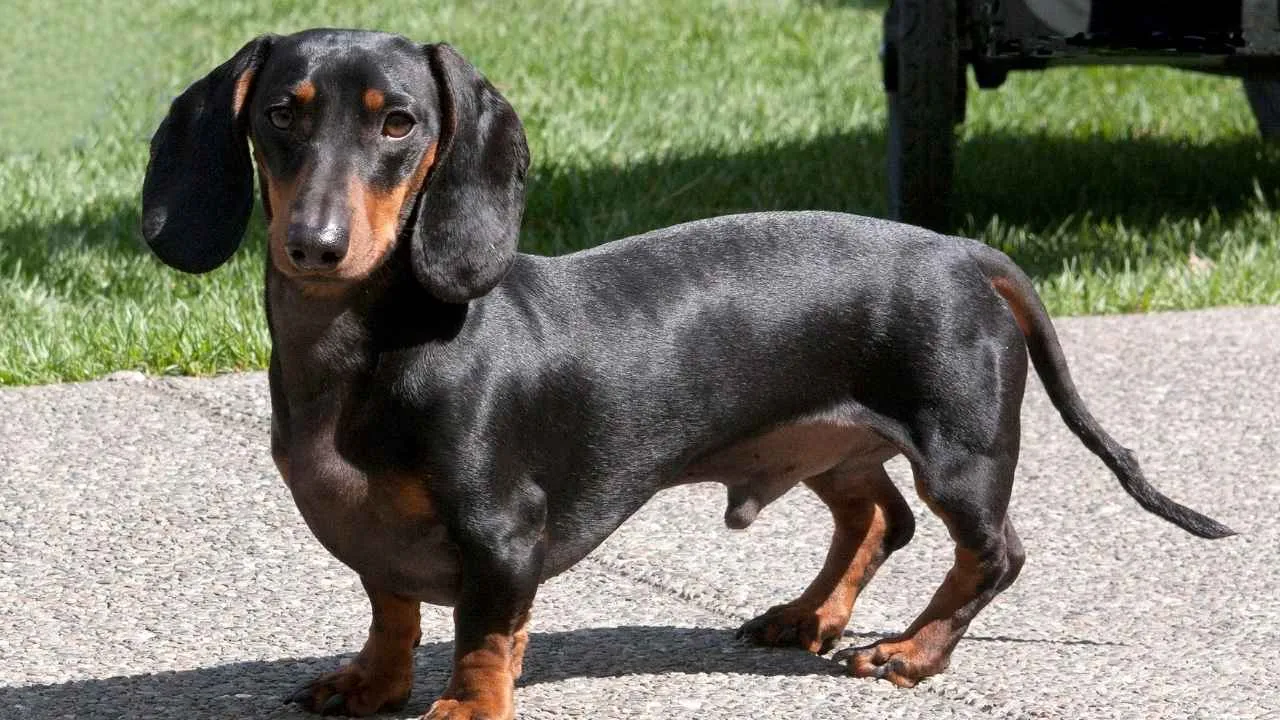
Dachshunds may come in a small stature but their personalities are anything but tiny. Spirited and clever, this small dog breed also known as the “wiener dog” is full of determination.
However, their long backs and short legs make them particularly vulnerable to spinal issues when they carry even a few extra pounds.
Unfortunately, Dachshunds also love to eat. They have a natural tendency to seek out cozy spots and nap, that’s where they start gaining weight. Regular exercise is important, and you should play with them and spend time actively so they do not feel demotivated at any time.
Keep them on a strict feeding schedule and avoid table scraps, especially in apartment living, where activity is more limited. Always feed them high-quality dog food.
5. Cocker Spaniel
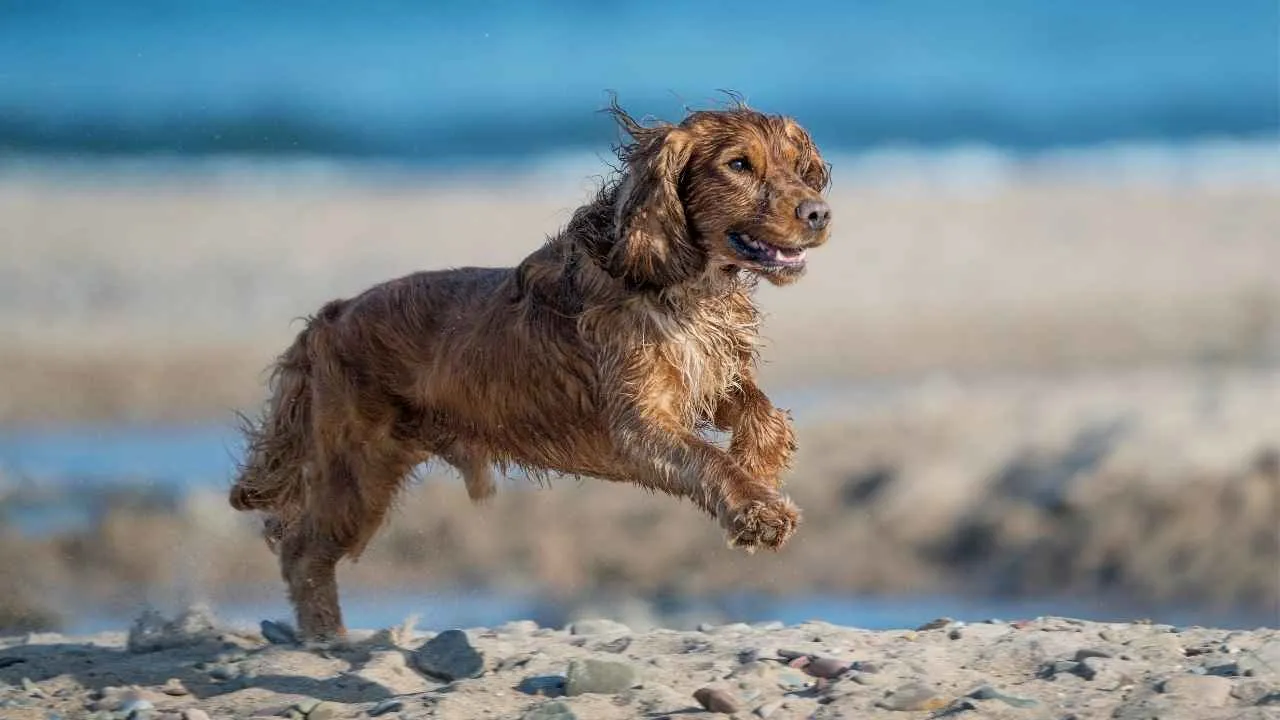
With their silky coat, big eyes, and eager-to-please nature, Cocker Spaniels win over almost everyone they meet. That adorably fluffy appearance often hides the early signs of obesity. These dogs were bred as hunters and need far more activity than their cute looks suggest.
Cocker Spaniels love to eat and often beg for more, which makes portion control unavoidable. Overfeeding can easily lead to weight gain, which puts stress on their joints and can shorten their lifespan.
Keeping them mentally stimulated with games like fetch or obedience work keeps their minds sharp and bodies in motion.
Their regular grooming routine, especially brushing that long, luscious coat, also offers a great time to check their weight and body condition. You can’t ignore any breathing issues, so always keep a check on them.
6. Beagles
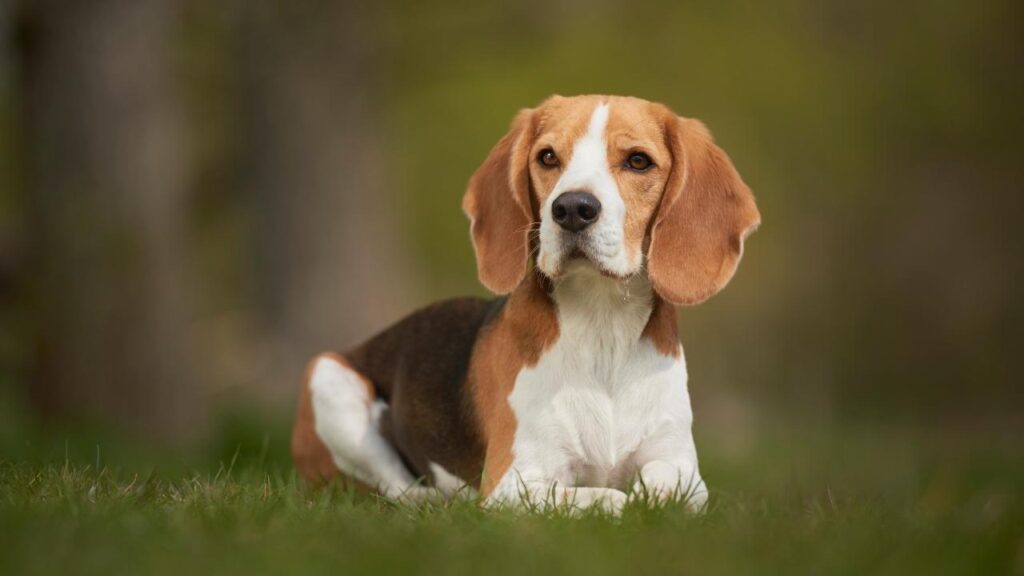
Beagles may be small, but their appetite is not. Bred as hunting dogs, they’ve got a nose that never stops and a stomach that always thinks it’s empty. These adorable, big-eared pups are among the dog breeds most prone to obesity when they live in settings with limited outdoor space.
Their high energy and friendly disposition make them perfect for families with kids, but Beagles absolutely need structured exercise. Long walks, nose work games, or agility courses are ideal to keep their minds and bodies working. If you leave them bored, they’ll find food, and that’s not what you want, right?
Beagles can be food-obsessed, so you should practice portion control and avoid free-feeding.
7. Golden Retriever
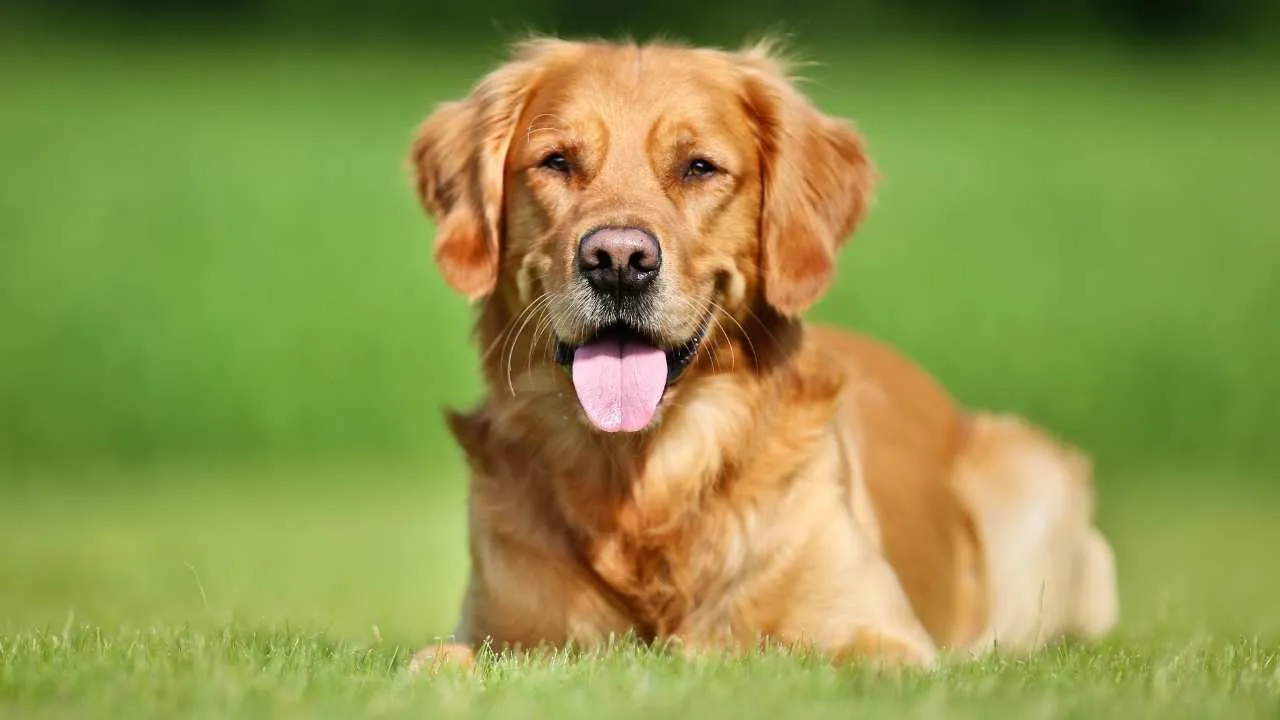
The Golden Retriever is often thought of as the ideal family dog that’s sweet, intelligent, and eager to please. This gentle giant’s love for people is matched only by their love for food. Goldens are one of the most popular dog breeds in the U.S., and unfortunately, they’re also one of the breeds most at risk for becoming overweight.
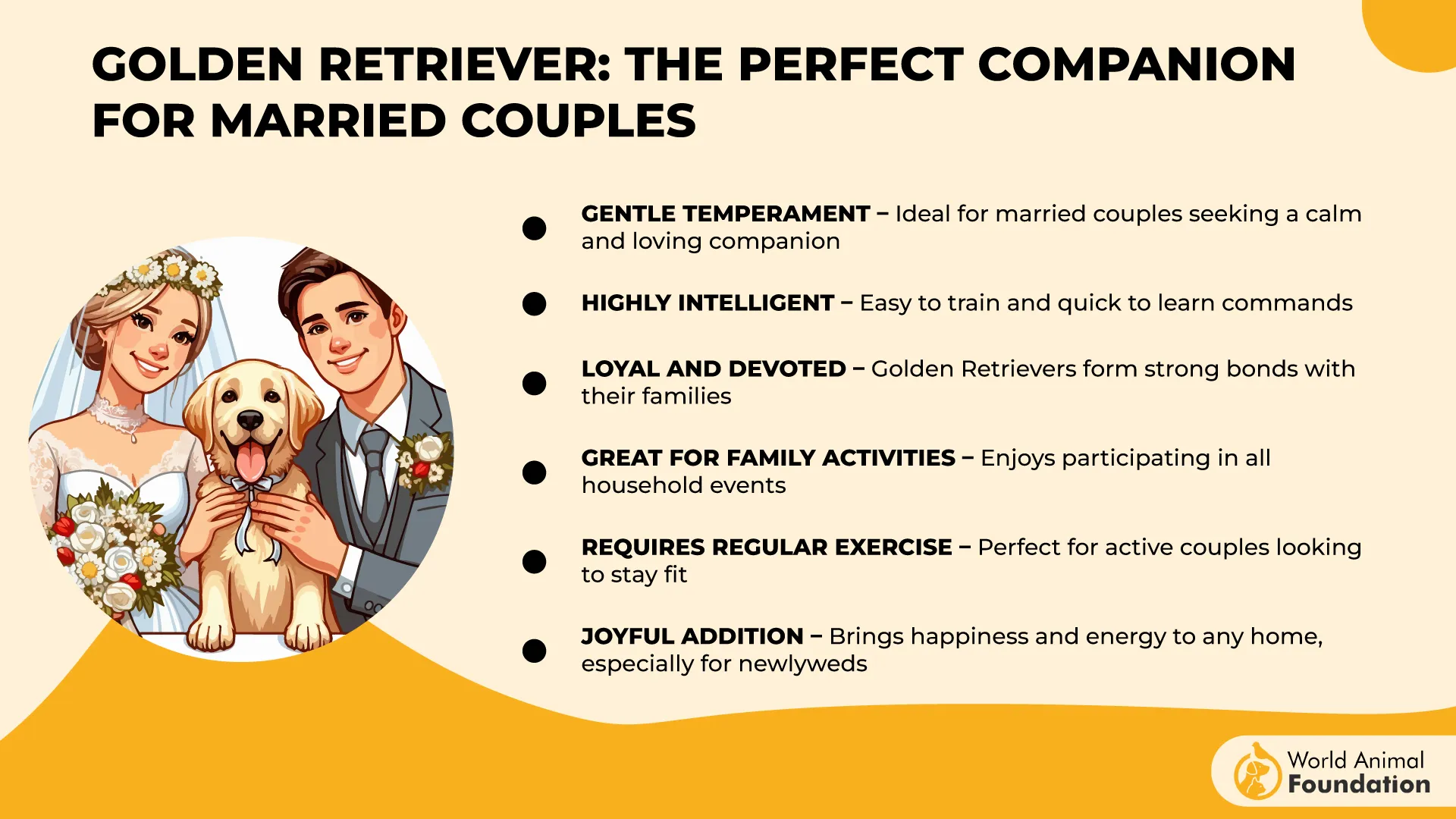
Golden Retrievers have a thick double coat, a big appetite, and a love for roaming around if you let them. That’s why daily walks, swimming sessions, and interactive play are non-negotiable. These dogs love companionship, so if you do activities with them, that’s a big win.
Diet-wise, you can stick with vet-approved food and limit treats, no matter how much they flash those puppy-dog eyes. Keep their weight in check to protect their joints and stave off health issues like diabetes and heart disease.
A healthy Golden is a radiant, tail-wagging best friend. You can also look for a good weight loss program.
Conclusion
Owning a dog comes with great rewards, cuddles, and happiness! Remember, it also comes with responsibility. Some dogs’ weight can result in higher risk factors of obesity due to genetics, structure, or temperament. You have to recognize this early and adjust diet, exercise, and mental stimulation routines so you know your family dog isn’t at risk.
Whether you live in a small apartment or a large home, the goal is the same. You want a well-balanced, happy and don’t want to compromise on your dog’s health.Through smart choices and positive changes you can turn your dull pet into active breeds and a healthy pet so they can live long and have energetic lives.


